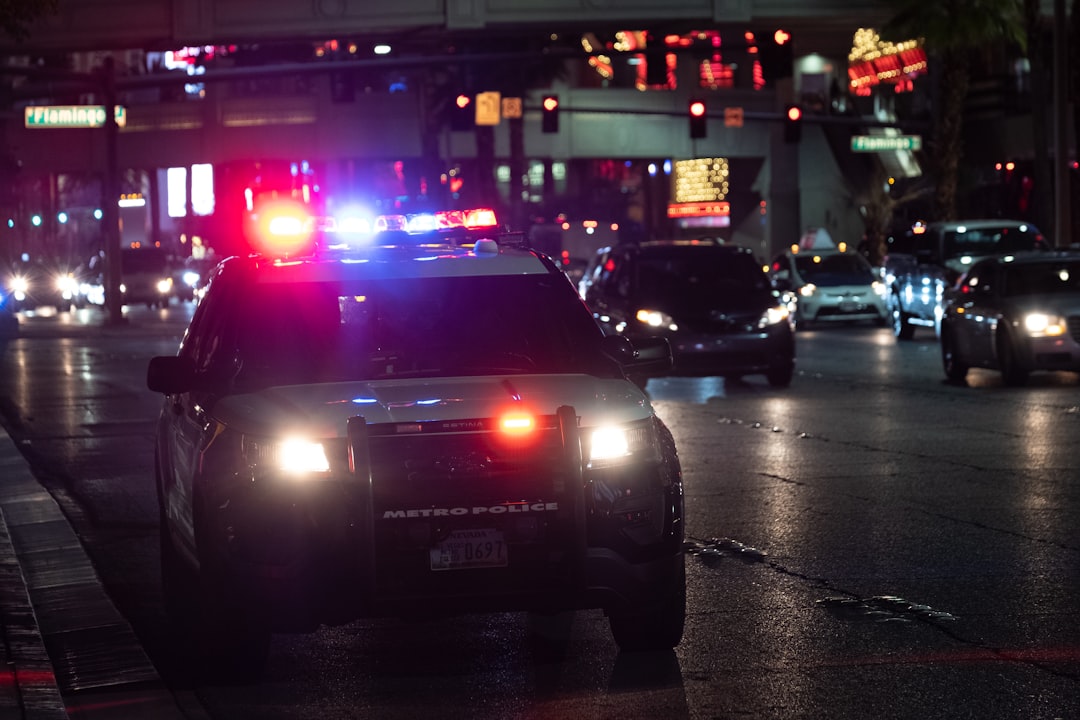What is it about?
As majoritarian electoral politics and religious conservatism are rising in the major multi-ethnic South Asian countries, such as India and Pakistan, the events of mob lynching, ethnic clashes and targeting non-plural and minority communities are becoming more frequent. This article analyses which cleavages of marginalisation make some ethnic groups prone to violent social movements vis-a-vis others. Theoretically, through social constructivism and horizontal inequality, the study argues that socioeconomic condition, religion and language are the three broad cleavages that influence political behaviour of ethnic groups. Explicating the theory about underlying versus facilitating conditions of ethnic–civil conflicts, this article examines the prerequisites of ethnic conflicts. Thereafter, it evaluates which single cleavages and combinations of the aforementioned cleavages increase the probability of conflict occurrence in the Indian subcontinent. The argument is empirically evaluated on a sample of 60 ethnic groups of the Indian subcontinents over the period of 1947–2013. We find that groups affected by reinforcing cleavages of religious and economic marginalisation, and religious, economic and lingual marginalisation have engaged in active violence over the period of our study. Additionally, the reinforcing cleavages of language and economy, and language and religion are associated with sporadic violence. Apart from the combined effects, we find that the ethnic groups facing economic disadvantage alone can also engage in violence.
Featured Image

Photo by Pawel Janiak on Unsplash
Why is it important?
South Asia is a hotspot for economic development and global security in the twenty-first century. In recognition of the increasing connectivity of the Indian and Pacific Oceans, the US Pacific Command has also been renamed to US Indo Pacific Command. If not an uninterrupted peace, at least a manageable governance is essential for such a region to thrive politically and economically. However, with every country besieged with the domestic and bilateral political charade, such tranquillity is a utopia. The 14 February 2019 Pulwama attack in Indian Kashmir by Jaish-e-Mohammed brought India and Pakistan, two nuclear powers and sworn enemies on the brink of an all-out war. This incident once again pointed out that the realist approach of perceiving issues of ethnic conflict through a prism of national security is unreal.In his seminal work on nationalism, ‘Imagined Communities’, Benedict Anderson argued that the nation is ‘an imagined political community’ (Anderson, 2006). In this sense, the nation is a cultural construction because most members of a nation would probably never meet their fellow members but will retain the strongest emotion for their shared national membership (Taras & Ganguly, 2006). In the subcontinent, the idea of ‘state’ has evolved much after the idea of group-specific nationalisms. The feeling of Telugu, Tamil, Punjabi, Bengali, Bodo, Mizo, Balochi or Kashmiri nationalism dates to centuries while the ‘states’ of India, Sri Lanka and Pakistan are barely seven decades old, with Bangladesh being younger. Hence, it is essential to understand the inherent behavioural pattern of these ethnic groups through a constructivist prism in order to manage the conflicts and to attain long-term stability.This research has a group-specific focus and instead of a realist approach, undertakes a constructivist approach of analyzing group level marginalization. Thus, it adds value and makes it explicit that reinforcing cleavages of disadvantage increase conflict. Additionally, the article suggests that socioeconomic equitability is necessary for long-term stability and states should prevent ethnic groups from becoming religiously and economically alienated.
Perspectives
This article is a part of my doctoral research. Conceptually, it analyzed the impact of the not only cross-cutting but also reinforcing cleavages of marginalization. Additionally, the research design of this article is a unique contribution as well. It recodes the Uppsala Conflict Data Program's Battle Related Deaths and analyzes low scale conflicts that were never done before. I am personally very attached to this work as this research has a group-specific focus. And, instead of a realist approach, undertakes a constructivist approach of analyzing group level marginalization and security issues of the region.
SOHAM DAS
The University of Texas at Dallas
Read the Original
This page is a summary of: Ethnic Conflict in the Indian Subcontinent: Assessing the Impact of Multiple Cleavages, Journal of Asian Security and International Affairs, December 2019, SAGE Publications,
DOI: 10.1177/2347797019886689.
You can read the full text:
Contributors
The following have contributed to this page










